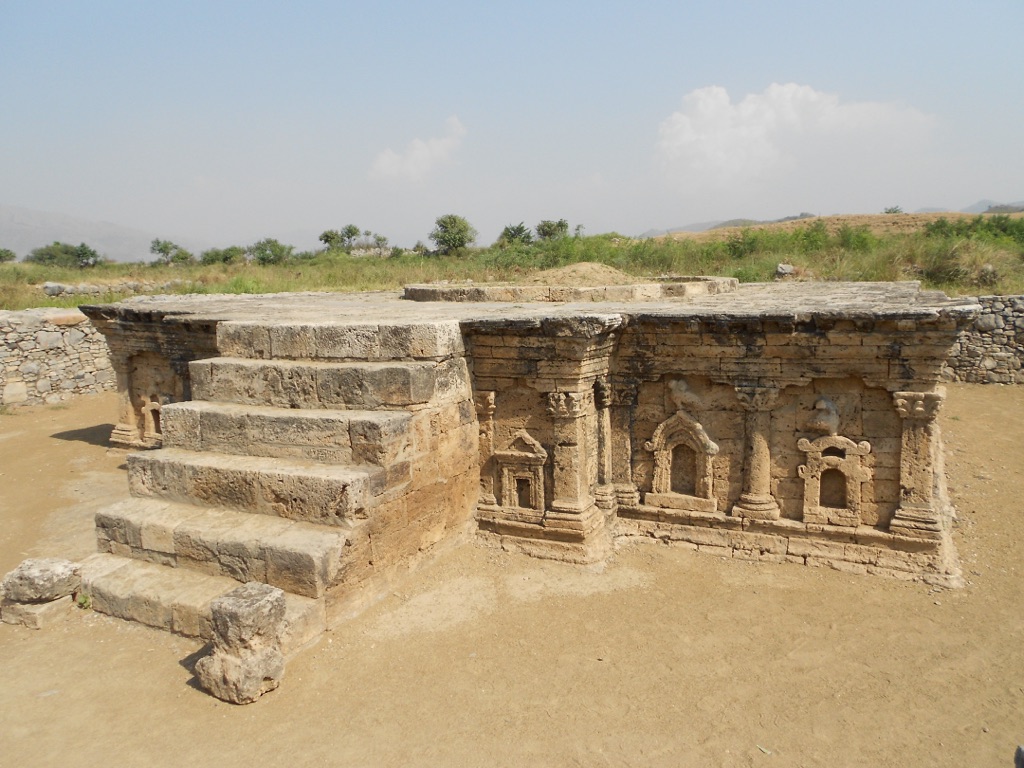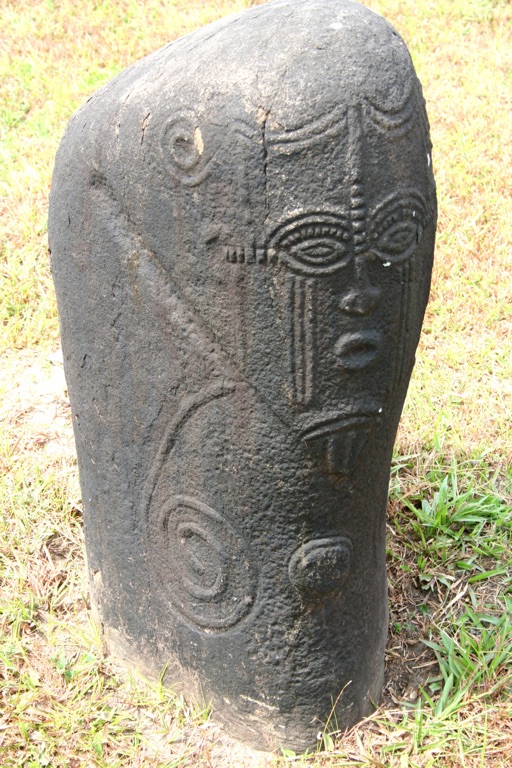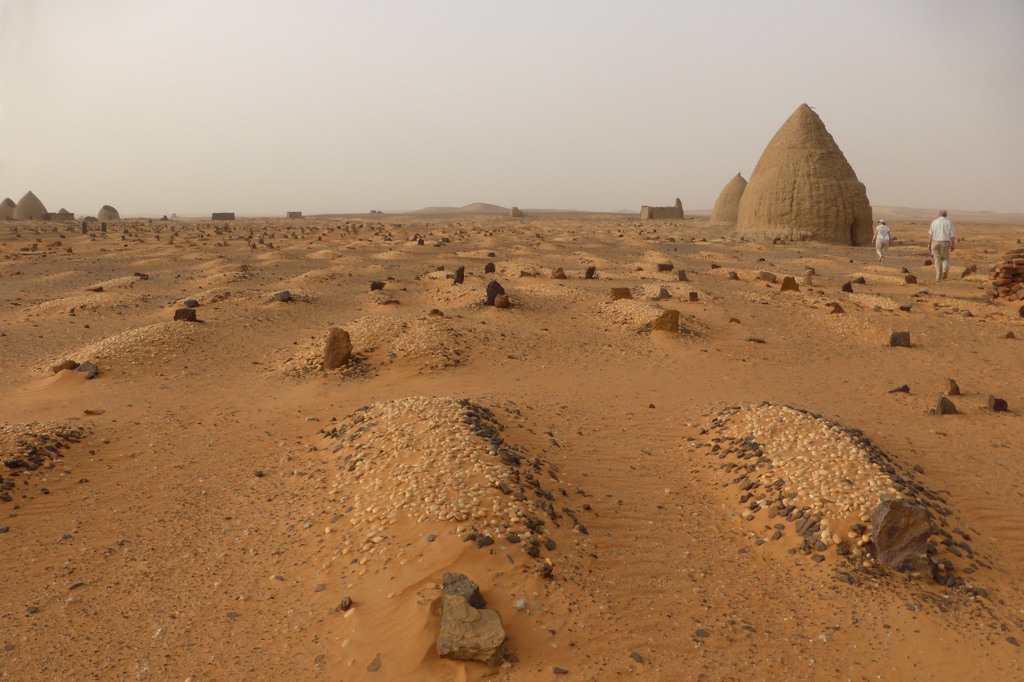Ranigat is a historical site located in the Buner Valley of Khyber Pakhtunkhwa, Pakistan. It’s a treasure trove of ancient Buddhist monastic structures. The site dates back to the 1st century AD and showcases the Gandhara civilization’s architectural prowess. Ranigat was part of the ancient trade route connecting India with Central Asia. The ruins include…
Ancient Civilizations
All Ancient Civilizations, Cultures and People

Sirkap
Sirkap is an archaeological site on the bank opposite to the city of Taxila, Pakistan. The city of Sirkap was built by the Greco-Bactrian king Demetrius after he invaded India around 180 BCE. It represents the Hellenistic influence in the region and showcases a unique blend of Greek and Indian architectural features. Excavations at Sirkap have revealed a fortified city with a rectangular layout, a sophisticated drainage system, and a multitude of buildings, including residential areas, markets, and temples. The site has provided valuable insights into the cultural and historical interactions between the Greek and Indian civilizations.

The Ikom Monoliths
The Ikom Monoliths, also known as the Akwanshi or Atal, are a collection of volcanic-stone monoliths located around the town of Ikom in Cross River State, Nigeria. These intriguing artifacts are adorned with intricate carvings and inscriptions believed to be between 1,500 and 2,000 years old. The monoliths vary in height, some reaching up to 2 meters, and are spread across more than 30 sites in the Ikom area. Their purpose and the identity of their creators remain subjects of speculation and research, making them a fascinating topic for historians and archaeologists alike.

Naqa
Naqa, a once-flourishing center of the Meroitic Kingdom, lies in modern-day Sudan. This ancient city, with its blend of Egyptian, Roman, and indigenous architectural styles, offers a unique glimpse into a civilization that thrived between the 1st century BC and the 4th century AD. Naqa’s ruins, including temples and a Roman-style kiosk, stand as a testament to the cultural and economic significance of this site in antiquity.

Old Dongola
Old Dongola was the capital of the Makurian state in medieval Nubia. It thrived as a political and commercial center from the 6th to the 14th century AD. The city is located on the east bank of the Nile River in what is now Sudan. It’s known for its unique archaeological remains, including churches, monasteries, and palaces. The site offers a glimpse into a civilization that managed to fuse indigenous African elements with Mediterranean influences.

Kerma
Kerma, located in present-day Sudan, stands as a testament to the rich cultural and historical legacy of ancient Nubia. This site, one of the largest archaeological sites in ancient Nubia, has been the focus of extensive excavations and research for decades, revealing a complex society that thrived over 5,500 years ago.

